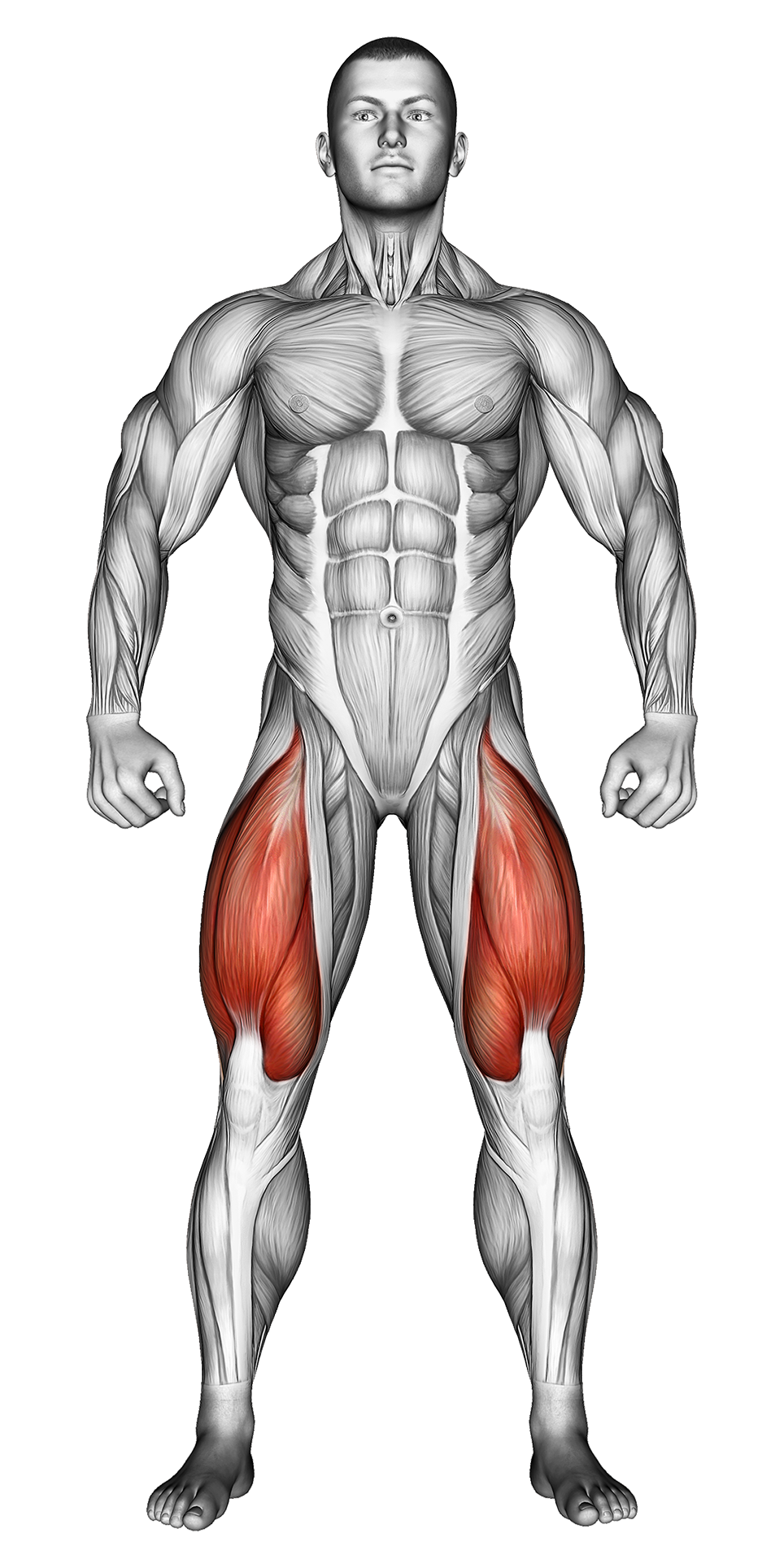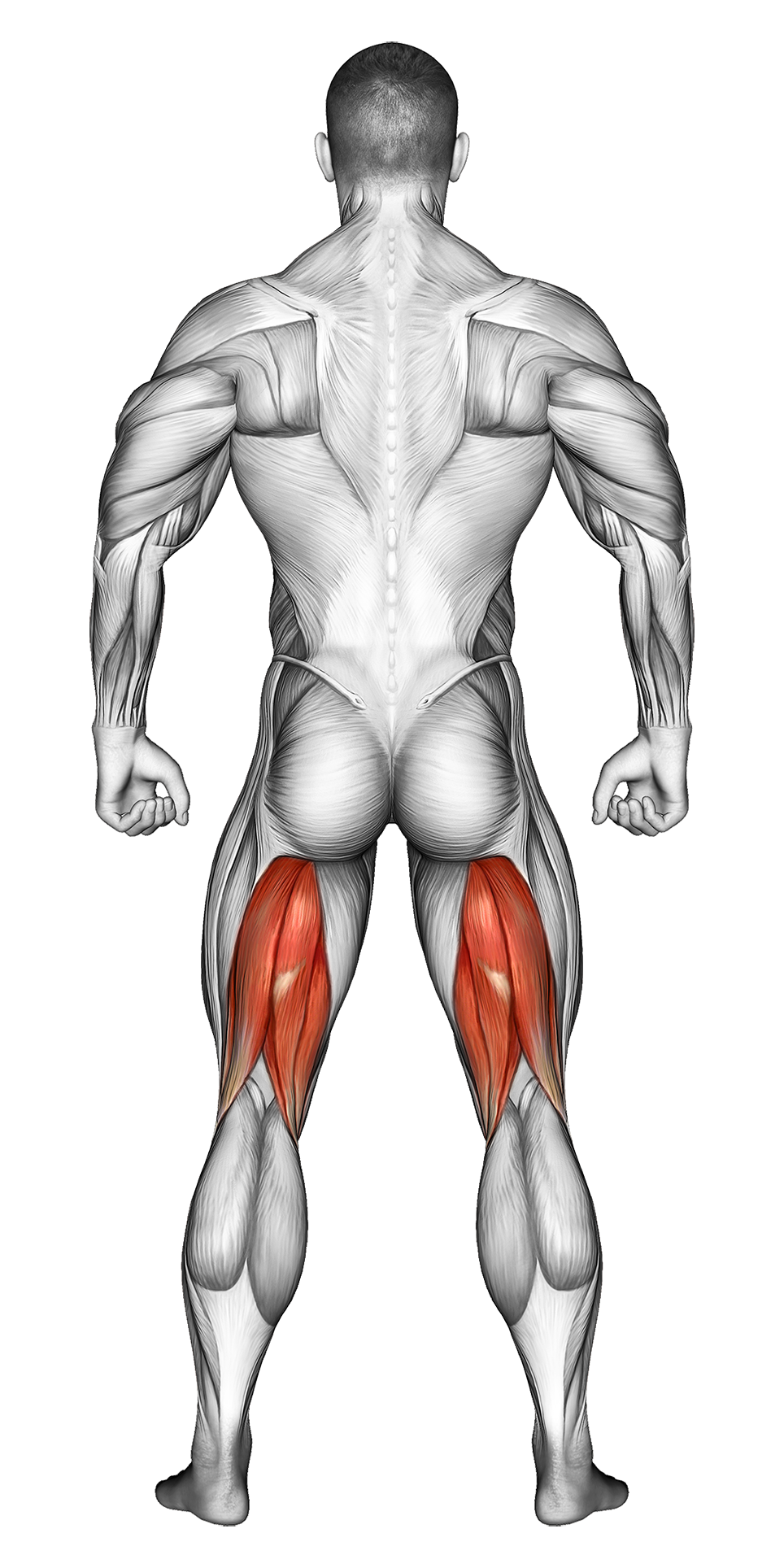Bodyweight Side Lunge: Video Tutorial & Exercise Guide

Written By: Ether Brown
Updated: Oct 13, 2024
| Workout | Bodyweight Side Lunge |
| Primary Muscle Group | Quads |
| Secondary Muscle Group | Glutes, Hamstrings |
| Equipment Required | Bodyweight |
| Force Type | Push |
| Mechanics | Compound |
| Exercise Type | Strength |
| Difficulty | Beginner |
Bodyweight Side Lunge: Video Tutorial & Exercise Guide
- 1.Bodyweight Side Lunge: Muscle Groups
- -1.1Primary Muscle Group
- -1.2Secondary Muscle Group
- 2.Bodyweight Side Lunge: Step-by-Step Guide
- 3.Bodyweight Side Lunge: Overview
- 4.Bodyweight Side Lunge: Benefits
- 5.Bodyweight Side Lunge: Pro Tips & Advanced Techniques
- 6.Bodyweight Side Lunge: Progression Plan
- 7.Bodyweight Side Lunge: Frequently Asked Questions (FAQs)
Secondary Muscles Group
Bodyweight Side Lunge: Step-by-Step Guide
- Step 1: Stand tall with your feet hip-width apart and your hands in front of your chest for balance. Keep your core tight and back straight.
- Step 2: Take a large step to your right with your right foot, keeping your left leg straight and your toes pointed forward. Bend your right knee as you lower your hips down into a side lunge.
- Step 3: Keep your chest up and back flat as you lower your body until your right thigh is parallel to the ground. Make sure your right knee doesn’t extend past your toes.
- Step 4: Push through your right heel to return to the starting position, bringing your right foot back to meet your left.
- Step 5: Repeat on the other side by stepping to your left. Continue alternating sides for the desired number of reps.
Bodyweight Side Lunge: Overview
The Bodyweight Side Lunge is a functional lower-body exercise that targets the quads, glutes, hamstrings, and inner thighs. It’s a unilateral movement that helps improve balance, coordination, and flexibility, making it a great addition to any leg workout or full-body routine.
Side lunges are especially useful for enhancing mobility and strengthening muscles in different planes of motion, which is important for overall athletic performance and injury prevention.
Bodyweight Side Lunge: Benefits
The Bodyweight Side Lunge builds strength in your lower body, especially in your quads, glutes, and inner thighs. It also improves flexibility in your hips and groin, helping to prevent injuries in those areas.
This exercise also enhances stability and balance as you work one leg at a time. Side lunges are great for functional strength, as they mimic movements performed in sports and everyday activities that involve lateral movement.
Bodyweight Side Lunge: Pro Tips & Advanced Techniques
Keep your chest up and avoid letting your knee extend past your toes to maintain proper form. If you're struggling with balance, start with smaller steps and gradually increase the range of motion as you get stronger. To make this exercise more challenging, you can hold a dumbbell or kettlebell at your chest or add a resistance band around your thighs for added intensity.
Bodyweight Side Lunge: Progression Plan
Beginner
Intermediate
Advanced
Bodyweight Side Lunge: Frequently Asked Questions (FAQs)
What muscles do Bodyweight Side Lunges target?
+Bodyweight Side Lunges primarily target the quads, glutes, hamstrings, and inner thighs, while also engaging the core for stability.
How can I modify the Bodyweight Side Lunge for beginners?
+If you're just starting, reduce the range of motion by taking smaller steps and lowering your body less. Focus on balance and control before progressing to deeper lunges.
How do I increase the difficulty of the Bodyweight Side Lunge?
+To make the exercise more challenging, hold a weight at your chest or add a resistance band around your thighs. You can also perform the exercise with slower, controlled movements to increase muscle tension.
How often should I do Bodyweight Side Lunges?
+Incorporate Bodyweight Side Lunges 2-3 times per week as part of your lower-body or full-body workout routine. They pair well with squats and lunges for a comprehensive leg workout.
What common mistakes should I avoid?
+Avoid letting your knee extend past your toes and rounding your back. Keep your chest up, core tight, and focus on maintaining proper form to prevent injury.
Share
Don’t Wish for It, Work for It – Join the FlexXP Newsletter Today!
Thank you for signing up for the FlexXP Newsletter!
This site is protected and the Google Privacy Policy and Terms of Service apply.


